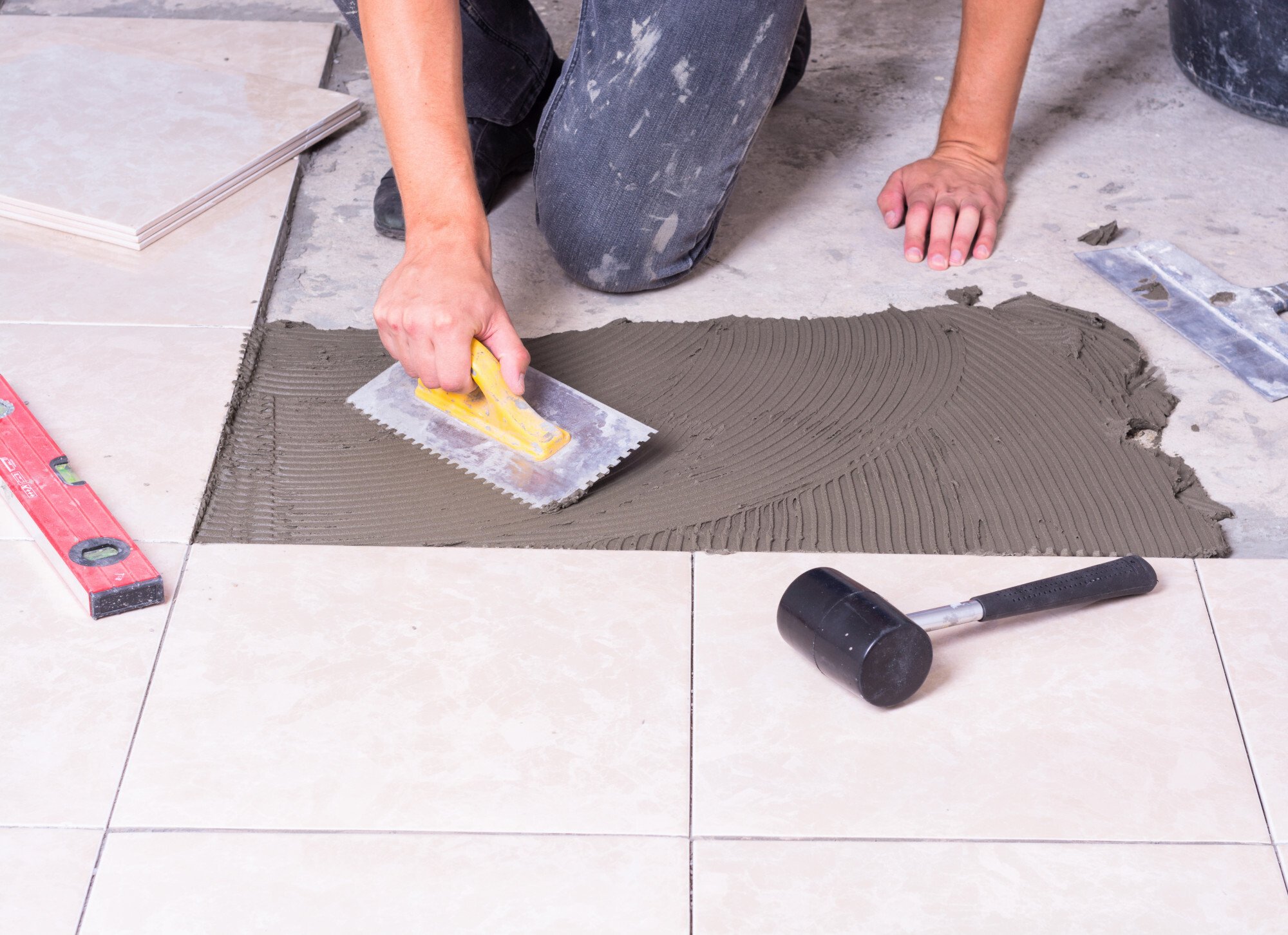Tile Installation: Types of Tiles

It's critical to choose the ideal tiles for the area you'll be working on before beginning a tile installation project. There are numerous types of tiles, each with its own set of benefits and drawbacks, based on the nearby area and location, both indoors and out. Check out these warm tile installation durango experts for quality installations needs.
Take a look at the most prevalent varieties used commercially and residentially to gain a better grasp of the purpose and strengths of different tile types.
Ceramic
Ceramic tile is one of the most popular choices for tile installation projects. Glazed and unglazed versions are available. Walls, ceilings, and rooms such as bathrooms and kitchens are common places for these tiles. Glazed tiles are attractive, however, they should not be used for flooring since they become slick when wet.
When picking a ceramic tile, keep in mind where it will be used, as glazed tiles are less likely to absorb moisture than unglazed tiles.
Glass
Glass tiles, which have a wonderful almost translucent or liquid aspect to them, are another popular choice for bathrooms, kitchens, and even outdoors. They come in a variety of colours and forms, giving you the option to create your own distinctive aesthetic in a room. Because they are impermeable to moisture, they are an excellent choice for places prone to excessive humidity.
Concrete
Although concrete tiles are not as popular as ceramic tiles, they are an excellent alternative for a variety of interior and outdoor applications. Concrete is a long-lasting flooring option that may be modified in terms of design and colour. Concrete tile flooring can have an extra textured surface and sealant added to provide a less slippery surface and little to no moisture absorption when wet, much like any other type of flooring.
Terracotta
Terracotta tiles are formed of baked clay and provide a nice warm appeal to any living space. However, they are quite a moisture absorbent and should be sealed when used on floors or in locations that get a lot of moisture.
These tiles have smooth or textured surfaces, which help offer grip when used as flooring and vary the aesthetic of a place. Terracotta tiles can be cut into any shape or size, though smaller tiles are less likely to crack.
Stones that are naturally occurring
Natural stones are becoming more popular for tile installation tasks in a variety of settings, both indoors and out because many people like the sight and feel of them. The following are some of the most common natural stone options:
Marble
Because of its strength and beauty, marble has long been a favoured choice for many people. Marble is commonly utilized in high-traffic locations such as corridors and as flooring since it buffs out nicks and scratches. This indicates that it will survive a long time without looking worn or used.
Granite
Granite is an extremely strong material that can be utilized in high traffic locations and survive for years without fading, making it one of the most preferred options in high moisture living environments. It's most common in hallways, countertops, and floors. Granite is one of the best alternatives to marble because it is one of the hardest natural materials.
Slate
Slate is a terrific alternative for anyone seeking for a tile installation job with a rustic feel, as the tiles are carved from rocks and each piece is textured uniquely. They are a popular choice for kitchens and bathrooms. However, because they are porous and absorb moisture, they must be sealed.
